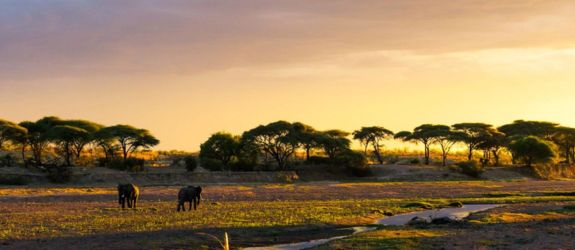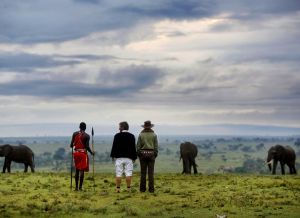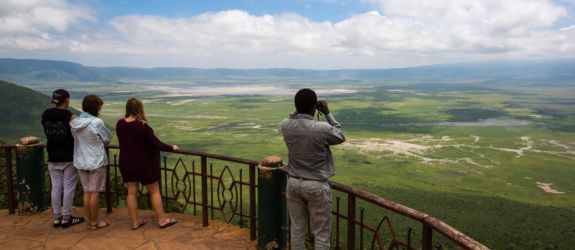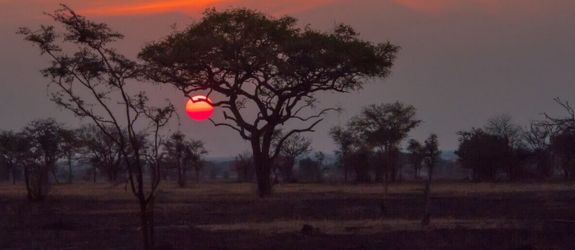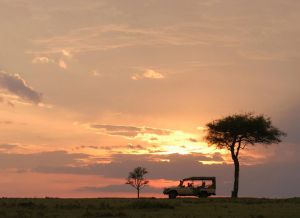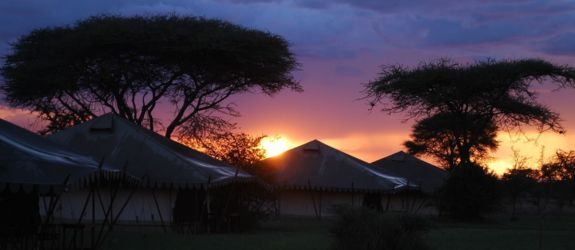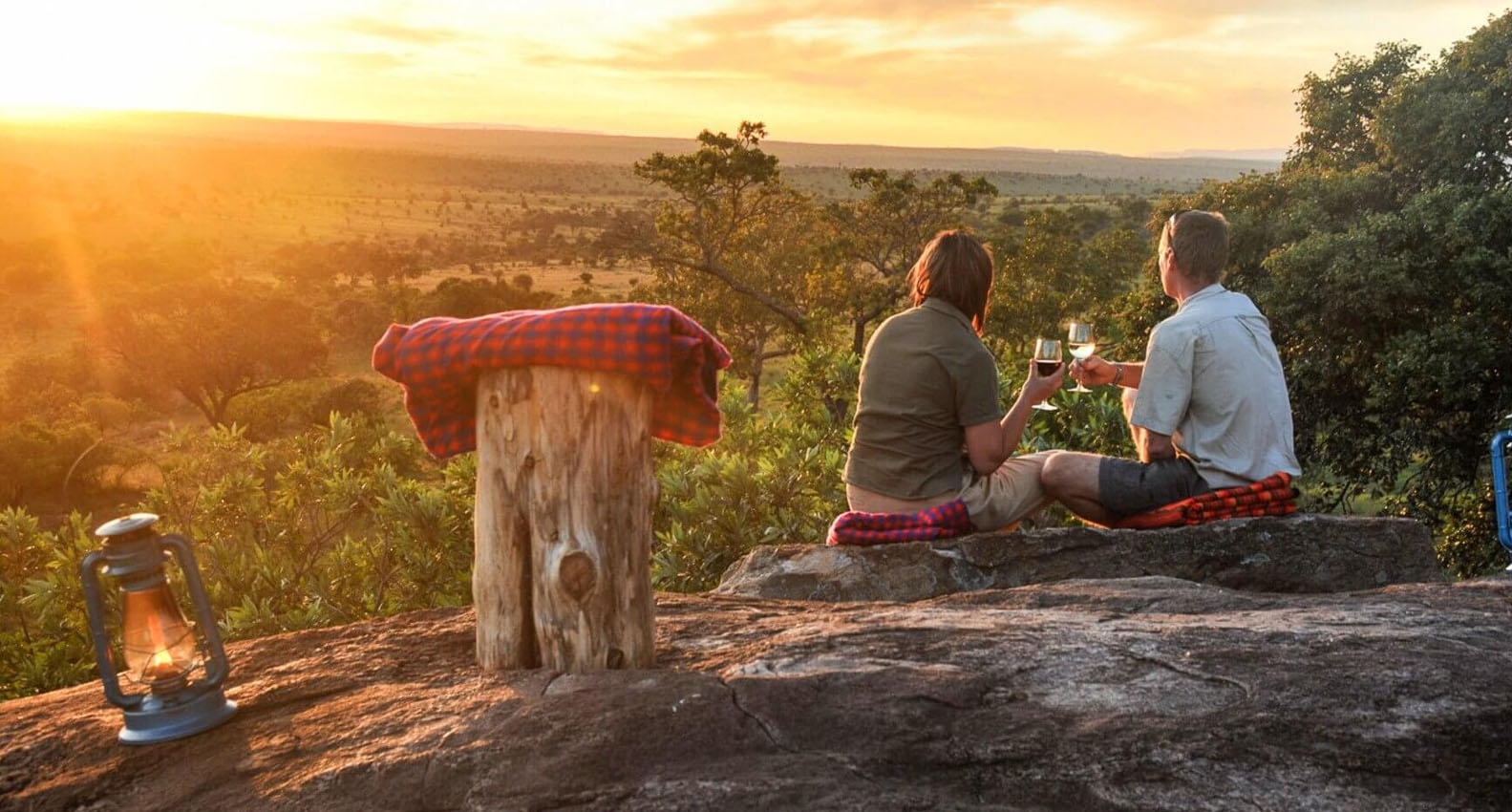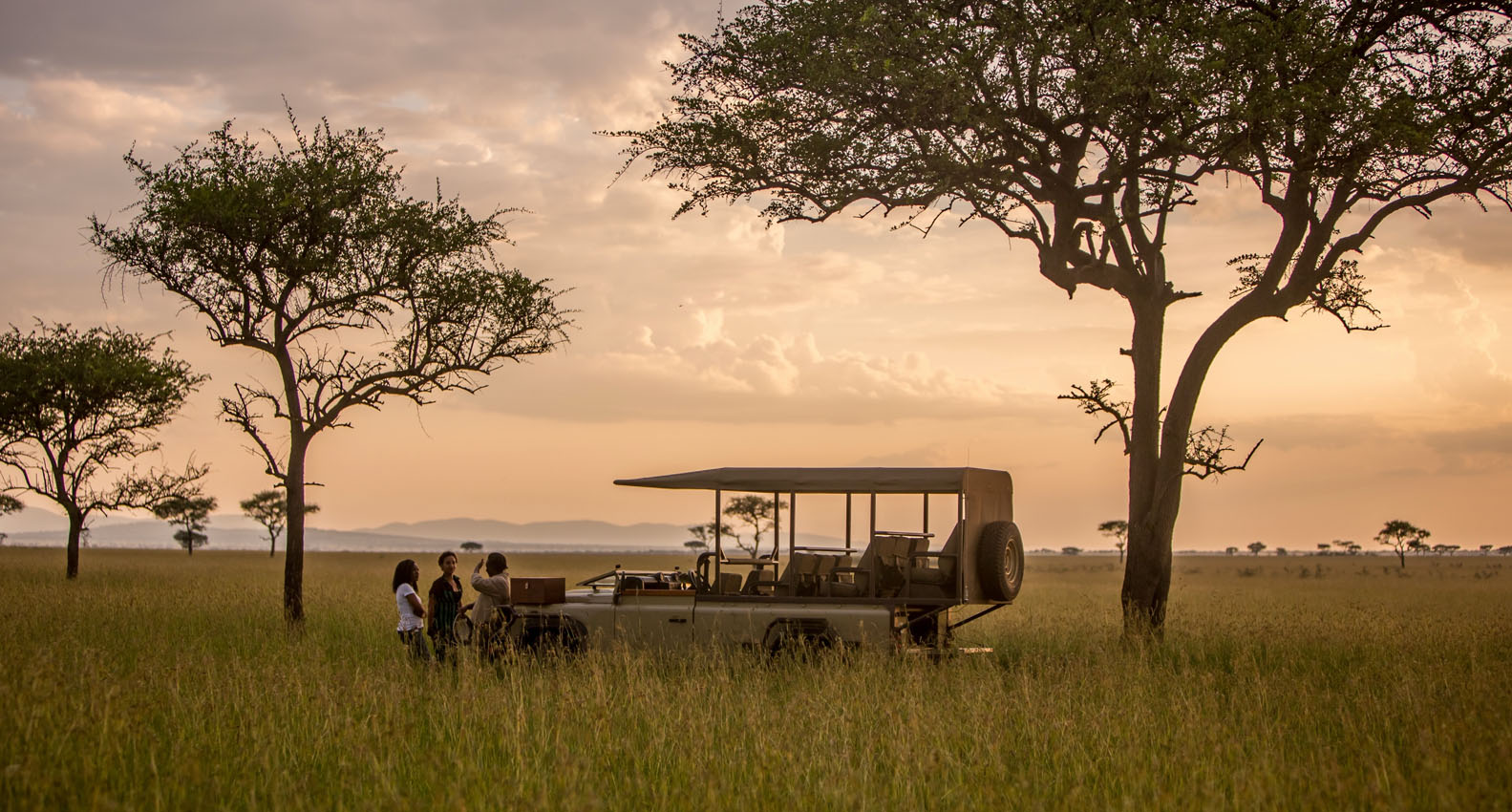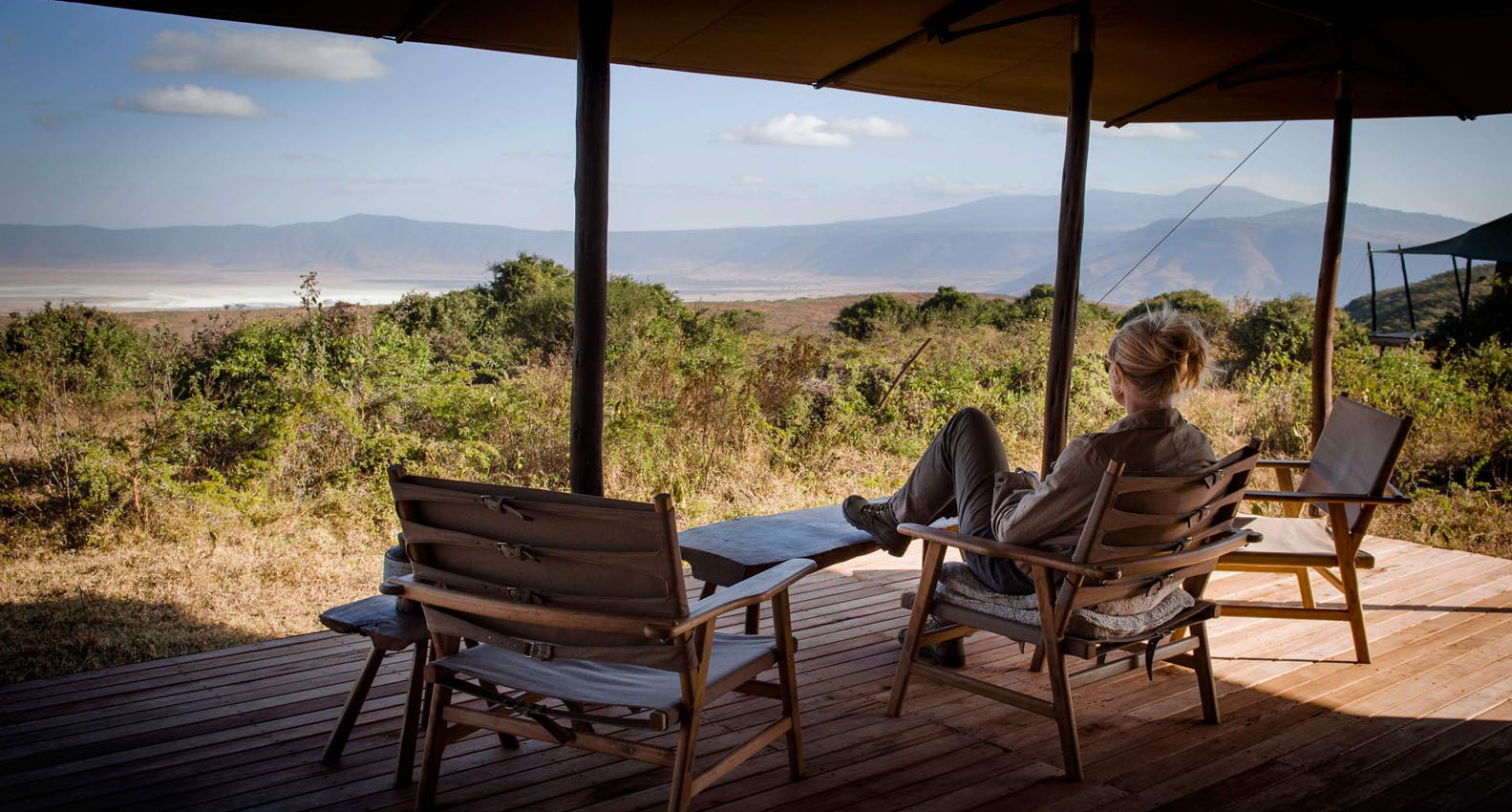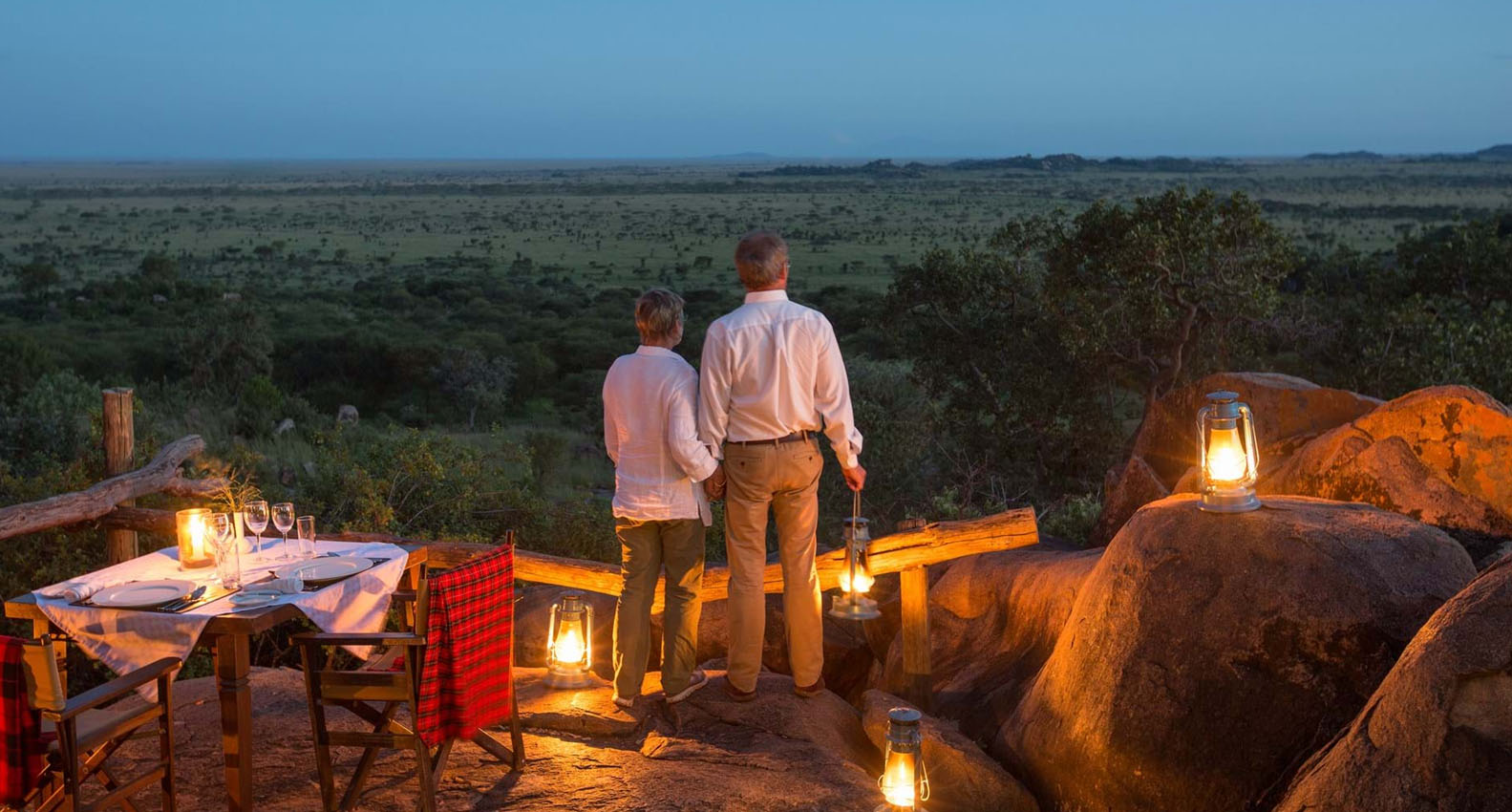Begin the year with a visit to Arusha National Park, where the cool and dry weather allows for excellent wildlife viewing. Spot flamingoes on Momella Lakes and see the slopes of Mount Meru in the distance.
In Tarangire National Park, February brings with it pleasant temperatures and the chance to see herds of elephants gather around the Tarangire River. It’s a heartwarming sight to witness during the drier season.
Explore the iconic Serengeti National Park in March. This is when the landscapes transform into a lush paradise following the short rains. Witness a burst of life as wildebeests and zebras give birth to their young ones.
April marks the start of the wet season, making Lake Manyara National Park a captivating destination. The rain revitalizes the park, filling its namesake lake and attracting a lot of birdlife.
Visit the Ngorongoro Crater in May, when the crater floor is a lush green, providing a stunning setting for wildlife sightings. The cooler temperatures make for comfortable game drives.
Discover the remote beauty of Lake Natron in June when the region experiences dry, mild weather. Marvel at the vibrant colours of the lake and observe the unique flamingo breeding grounds.
Explore Mkomazi National Park in July. This is the time when the landscapes are transformed into a lush paradise by the long rains. Witness the park’s diverse wildlife against the background of lush vegetation.
Serengeti National Park in August sees the peak of the Great Migration as herds cross the Mara River. The dry weather offers excellent visibility for this incredible natural spectacle.
Head to Tarangire National Park in September, when wildlife gathers around the water sources. This provides exceptional game viewing amidst the emerging greenery.
October is an ideal time to visit Lake Manyara National Park, with comfortably warm temperatures and abundant birdlife as flamingos return to the lake.
Experience the Ngorongoro Crater in November when the lush surroundings create a picture-perfect setting for wildlife enthusiasts. The crater floor during this time also teems with activity.
Celebrate the holiday season in Arusha National Park, where the cool, dry weather allows for leisurely hikes, wildlife sightings, and picturesque views of Mount Meru.

 Climate Zones of Tanzania Region-Wise
Climate Zones of Tanzania Region-Wise 